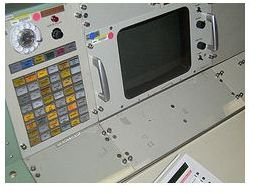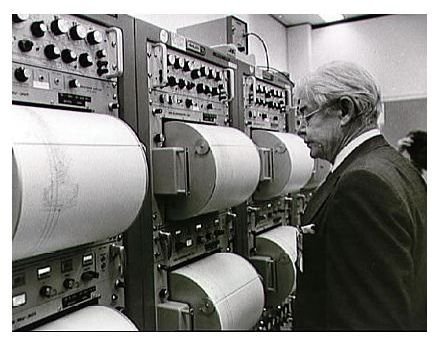How NASA's Mission Control Works
A Little Bit on NASA’s Mission Control History
NASA’s Mission Control Center (MCC) is located at the Johnson Space Center in Houston. The center has been used since 1964-1965 and has run some of the most important space missions in the aerospace history. The personnel running the MCC is an efficient team of officers, engineers and other specialists working together to ensure the success of every manned and unmanned mission.
During the Mercury missions, NASA’s MCC was located at Cape Canaveral. The absolute control of the mission was in the hands of the flight controllers and little manual control was left to the astronauts. During the Gemini program in 1964 and the Apollo missions later on, the MCC was transferred to Houston and the manual control became more important for the function of several on board systems.
How NASA’s Mission Control Center Works

The objective of the MCC is to monitor every movement of the spacecraft and the crew, evaluate data, calculate maneuvers, guide and advise the astronauts, and finally deal with any unexpected problem in order to ensure the success of the mission.
Flight controllers in the Flight Control Room (FCR) use the most high-end technology systems to receive and display the flight data and communicate with the crew.
Their base is the Space Shuttle Flight Control Room or simply FCR, where flight controllers sit at their consoles sending and receiving data from their computer displays or checking information from three large screen displays hanging on the wall. Each console monitors specific functions and has a “call sign” that is used to identify the controller during communications. Besides the flight controllers, supportive staff in nearby rooms provides assistance throughout the whole operation.
The Flight Control Officers & Engineers

As described above, there are a number of control consoles inside the FCR that monitor all possible functions and details during the flight. Each console is under the jurisdiction of an officer or engineer, who assumes certain responsibilities:
- The leader of the flight mission is the Flight Director or simply “Flight”. He is the supervisor of all activities and responsible for taking the necessary decisions to ensure the success of the mission.
- The communication between the astronauts and the flight control is done through the Spacecraft Communicator or simply “Capcom”.
- Responsible for the flight trajectory and the decision on correction maneuvers is the Flight Dynamics Officer or simply “Fido”, while the Propulsion Engineer evaluates the maneuvering equipment of the craft.
- The Booster Engineer monitors the rocket boosters, fuel tanks and main engines of the craft.
- Navigation, on board control systems and software are monitored by the Guidance Procedures Officer and the Controls Systems Engineer.
- The Surgeon is responsible for the crew’s health status and the Consumables Manager monitors the air and food supplies.
- There are also many other control officers and engineers for the electrical and mechanical systems, instrumentation systems configuration, crew procedures and even the public affairs (Ground Controller, Data Processing System Engineer, Flight Activities Officer, Payloads Officer, Integrated Communications Officer, Public Affairs Officer, Mission Operations Directorate Manager etc.)
The Two Flight Control Rooms of NASA
Apart from the main Space Shuttle Flight Control Room of the MCC, NASA uses another similar control room called the International Space Station (ISS) Flight Control Room. Its purpose is to assist the Moscow Mission Control Center (TsUP), located in Korolev, which is actually responsible for performing the primary control of the ISS.
The station room is smaller than the shuttle room and needs less equipment to operate with. Although the equipment in both rooms is similar, the station room has only two large display screens instead of three and only half of the control consoles.
Sources:
Photo Credits:
